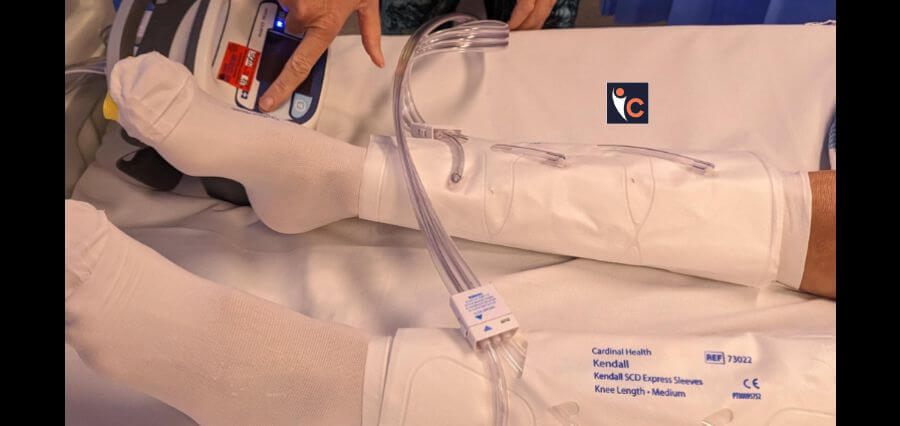Thanks to electrodes inserted into his spinal cord, a man with advanced Parkinson’s disease is now able to walk nearly normally once more, according to study released on Monday.
Swiss researchers who have previously pioneered comparable advances to enable paraplegic individuals walk again accomplished the first medical feat.
Parkinson’s UK research director David Dexter stated, “This could be a game-changing technology to help restore movement in people with advanced Parkinson’s,” although he also noted that further research was required because the process is invasive.
The crippling brain ailment has affected Marc, a 62-year-old French patient, for around 30 years.
Marc, like almost 90% of those with advanced Parkinson’s disease, has experienced significant difficulty walking.
Marc informed the media that “freezing” events, in which patients are momentarily immobile and hence at risk of falling, are especially terrible.
“You start to ‘freeze’ and you fall if there’s an obstacle or if someone passes in front of you unexpectedly,” said Marc, who wished to remain anonymous.
Parkinson’s disease is still largely unknown, which makes therapy challenging. However, the symptoms can have a significant impact on a patient’s life, sometimes limiting them to a wheelchair or bed.
Marc jumped at the option to get surgery in Switzerland when it presented itself.
“I’m free to go do anything I want.”
“I can now move freely between locations without being concerned about how I’m going to get there,” he remarked.
“I can go do anything I want—I can go for a walk, go shopping by myself.”
A sophisticated electrode device known as a “neuroprosthesis” was implanted at key locations along Marc’s spinal cord by the Swiss team, which was headed by neuroscientist Gregoire Courtine and surgeon Jocelyne Bloch.
The two had previously pioneered the use of spinal cord implants to restore walking ability to paraplegic individuals.
The most current study, which was just released, essentially follows the same idea.
The gradual loss of neurons that produce the neurotransmitter dopamine has left Marc and other Parkinson’s patients with poor brain-spinal cord communication.
As a result, in order for the neuroprosthesis to facilitate walking, it must not only deliver electrical stimulation but also act as the patient’s brain by timing the stimulation precisely.
“The plan is to use tiny sensors in the legs to measure residual movements, or the intention to walk,” Courtine explained to the sources.
Read More: https://insightscare.com/















